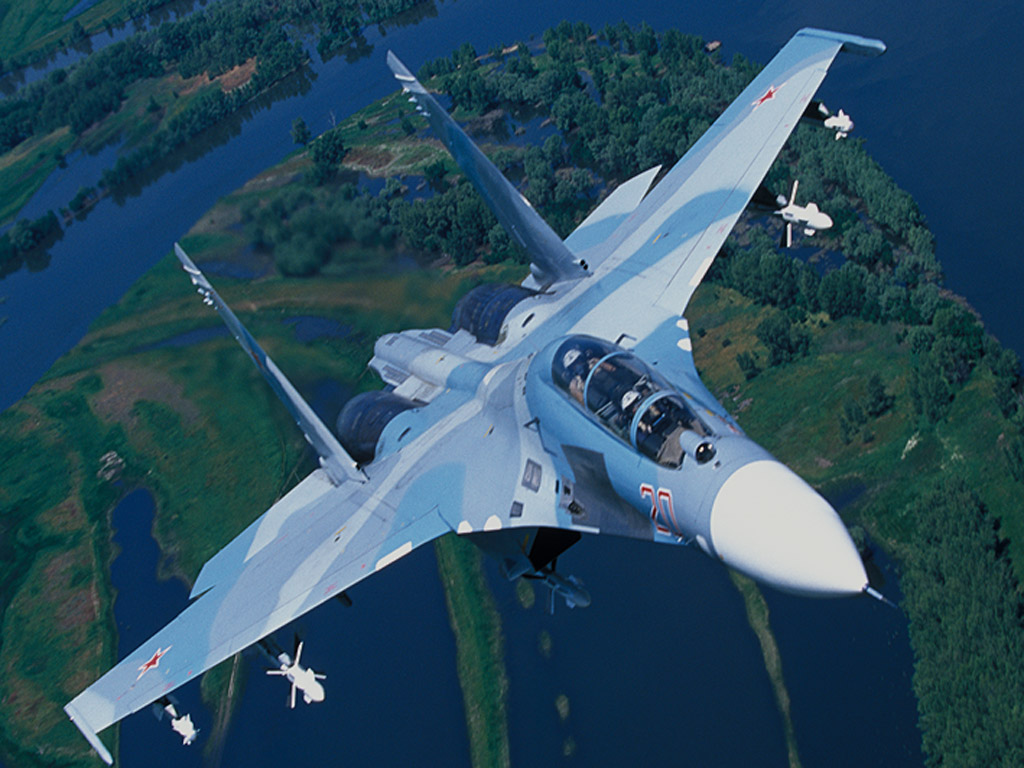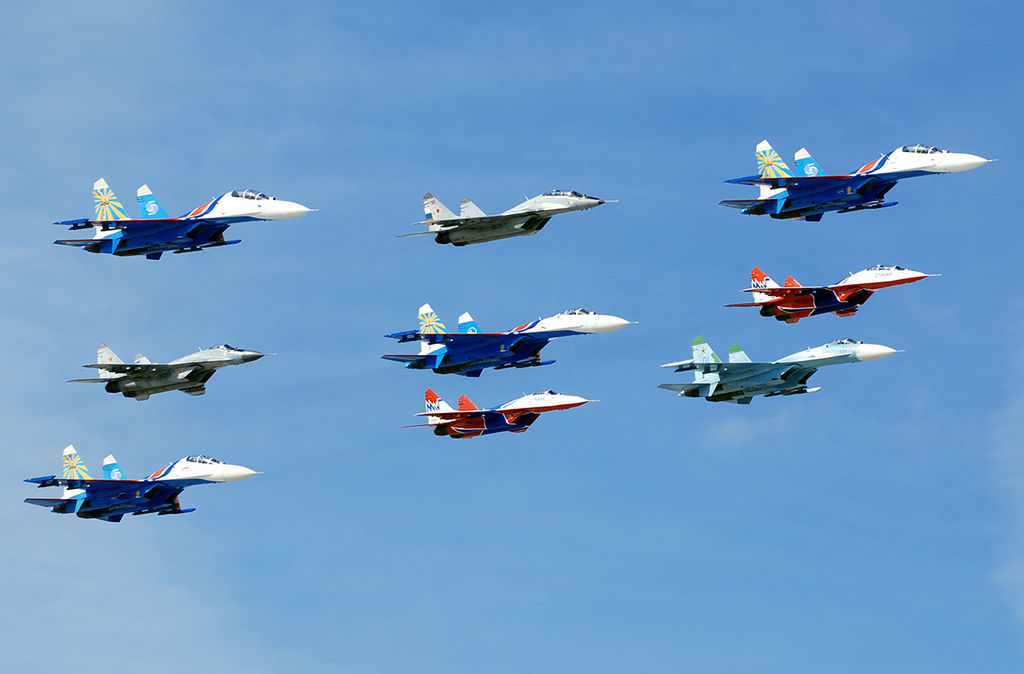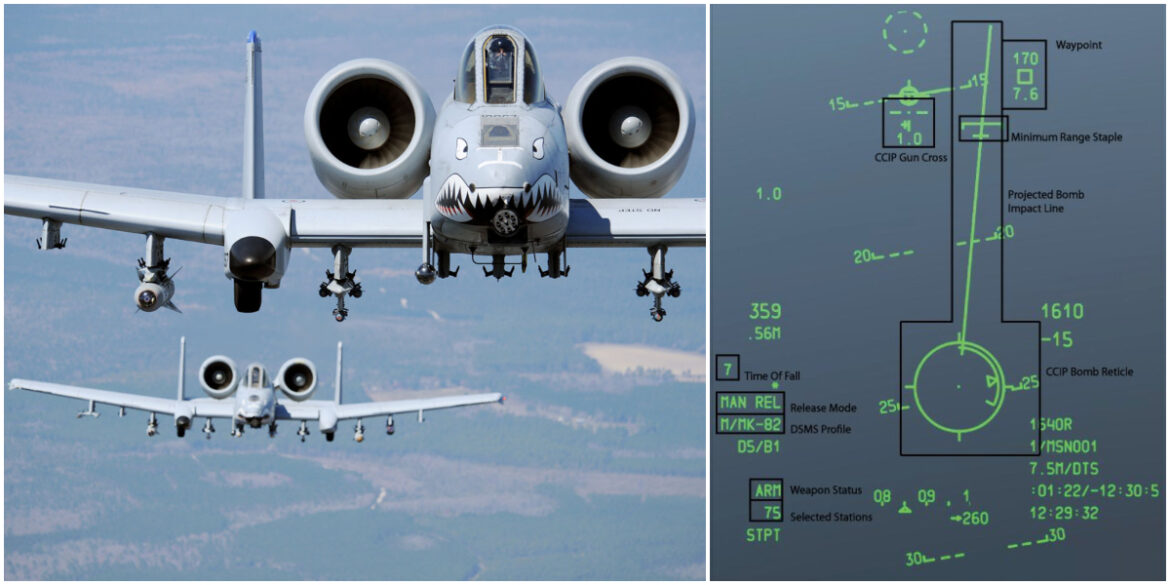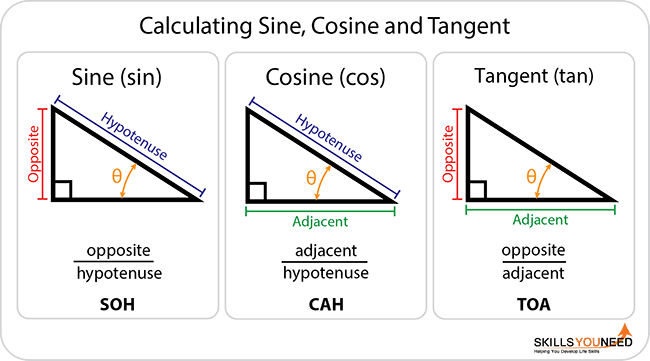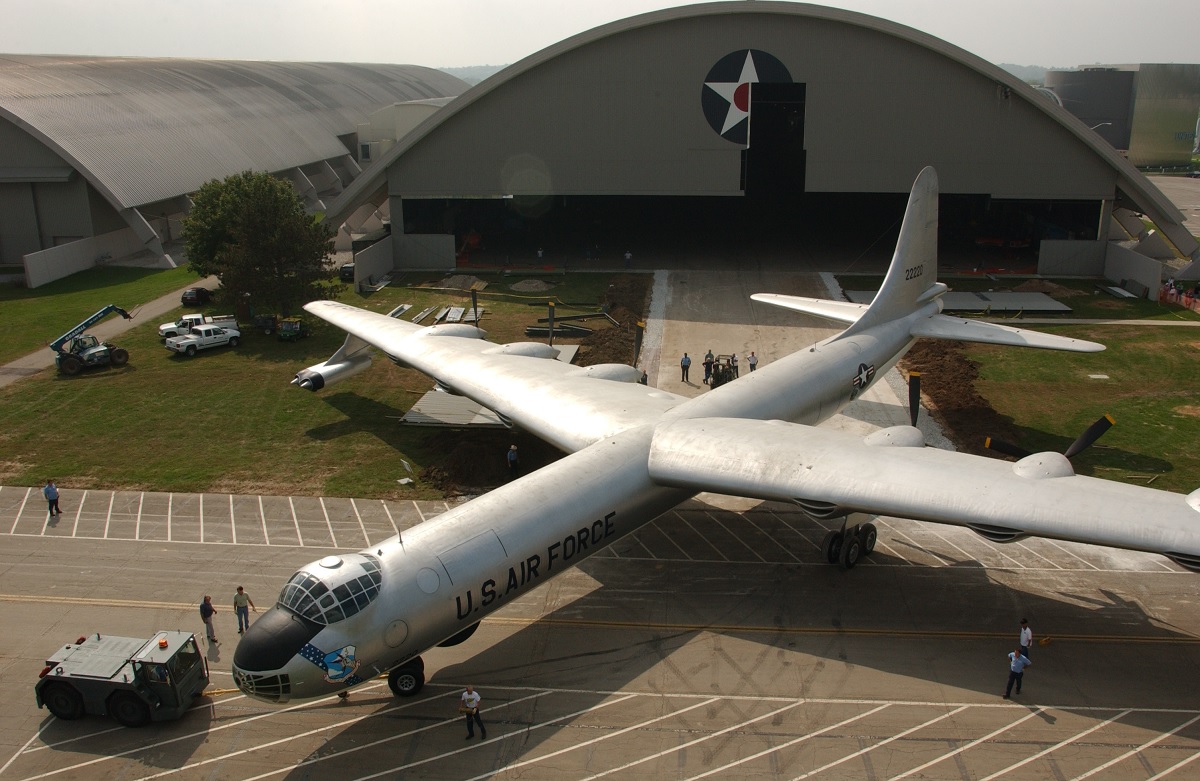The Imperial Japanese Navy carrier Ryujo was a unique, one-off hybrid of a cruiser hull with an aircraft carrier superstructure grafted on to it
The Imperial Japanese Navy carrier Ryujo was a unique, one-off hybrid of a cruiser hull with an aircraft carrier superstructure grafted onto it. Built in order to exploit a loophole in the original Washington Naval Treaty that stated ships under 10,000 tons wouldn’t be counted against Capital Ship limits, the lightweight Ryujo was designed to displace only 8,000 tons, and thus not be counted against Imperial Japan’s treaty limits.
Unfortunately for that attempt to circumvent treaty limits, that loophole was closed by the 1931 London Naval Treaty, Had the loophole remained, the Ryujo might have found herself as the lead ship of a swarm of these early “through Deck Cruisers” (to use a similarly sneaky Admiralty term for the Invincible Class). Instead, the window to this plan was shut and Ryujo found herself a kind of an orphan ship. Lightweight, a flush flight deck, and a Bridge at the front of her Hangar Structure, the Ryujo suffered from the kind of seakeeping flaws inherent in such an arrangement.
The Ship suffered serious damage in the 1934 Fourth Fleet Incident, where the Imperial Navy’s Fleet of that name sailed into the teeth of a Typhoon, losing several ships and sustaining serious damage in the process. This lesson served Ryujo well, her structure was strengthened, and she went on to serve off China during the China incident. Because she wasn’t as seaworthy as her larger cousins who later made up the Kido Butai, she found herself assigned to support duties, which made better use of her strengths than assignment to the Kido Butai.

In many ways, Ryujo was a forerunner of the later American CVL class of Light Carriers. With cruiser hulls and a similarly sized Air Group, both types provided useful auxiliaries to their larger cousins. A light carrier can stand in for a regular carrier in areas where the full strength of a regular Carrier Air Group isn’t necessary, a lesson the United States Navy is taking to heart today as it begins equipping its LHD Amphibious assault ships as new proto CVL’s with enhanced Marine F-35B Air Wings. These modern ships can serve a useful role in performing a mission set similar to that of Ryujo during the first 9 months of the Second World War.
Ryujo launched the first Imperial Japanese Navy Air Strike on U.S. forces in the Philippines on 8 December 1941, finding the seaplane tender U.S.S. William B. Preston at Davao Gulf at 0800. Her air group comprised of Mitsubishi A5M2 fighters and Nakajima B5N1 carrier attack aircraft, second-line equipment but still useful in light of her secondary support role for Imperial Navy amphibious forces. Ryujo managed to lose one of each in its first strike but managed to destroy 2 U.S. Navy PBY-4s which had remained behind near Preston when word of the outbreak of war had been received.
According to Pacific Wrecks;
On December 8, 1941, in the morning, Catalina and PBY Catalina 1230 were moored in Malalag Bay off Davao Del Sur. Shortly before 8:00 a.m., nine Japanese fighters strafed both flying boats sinking them both.
US Navy official history adds:

[Japanese fighters] “strafed the helpless PBYs, turning them into colanders of metal and fabric and setting them afire… Ensign Robert Tills died in the fusillade of bullets.”
Aside from that sad historic first, Ryujo subsequently covered Imperial Japanese Navy landings in the Gulf of Davao, before going on to help support further operations during Imperial Japan’s conquest of the Dutch East Indies. During these operations, she destroyed the wreck of the Dutch Destroyer Van Ghent, which had run aground a few days prior. In the wake of the Battle of Java Sea, Ryujo chased remnants of Allied Warships attempting to escape South of the Malay Barrier to Ceylon and Australia, catching H.M.S. Exeter and assisting in her sinking. In addition, Ryujo caught the destroyer U.S.S. Pope, and her aircraft assisted in that sinking as well.
During the Indian Ocean Raid of April 1942, Ryujo operated independently with what was called the Malay Group, joining a cruiser force to independently cruise after allied shipping.
Altogether, the Malay Force (consisting of Ryujo, six cruisers, and four destroyers) sank 19 ships totaling almost 100,000 gross register tons (GRT), before reuniting on 7 April and arriving at Singapore on 11 April.
Ryujo then teamed up with the converted ocean liner carrier Junyo to form Carrier Division 4, which was sent on Yamamoto’s diversion to the Aleutian Islands. Much has been written about how valuable those extra two carriers would have been at Midway, but their speeds and seakeeping ability weren’t on the same level, and in this case, they probably were better utilized as the diversion force they were meant to be. Ryujo’s Air Group was also upgraded to include Zeros, a mixed blessing for Imperial Japan as her Alaska assignment would prove.

Ryujo managed to perform her mission in Alaska bombing Dutch Harbor as part of her Diversionary Mission.
According to Wikipedia, at dawn on 3 June, she launched nine B5Ns, escorted by six Zeros, to attack Dutch Harbor on Unalaska Island. One B5N crashed on takeoff but six of the B5Ns and all of the Zeros were able to make it through the bad weather, destroying two PBYs and inflicting significant damage on the oil storage tanks and barracks. A second airstrike was launched later in the day to attack a group of destroyers discovered by aircraft from the first attack, but they failed to find the targets. One Zero from Ryujo from the second strike was damaged by a Curtiss P-40 and crash-landed on the island of Akutan. The aircraft, later dubbed the Akutan Zero, remained largely intact and was later salvaged and test-flown. On the following day, the two carriers launched another airstrike, consisting of 15 Zeros, 11 D3As, and 6 B5Ns, which successfully bombed Dutch Harbor. Shortly after the aircraft were launched, the Americans attacked the carriers but failed to inflict any damage. A Martin B-26 Marauder bomber and a PBY were shot down by Zeros, and a Boeing B-17 Flying Fortress bomber was shot down by flak during the attack.
Ryujo arrived back at Mutsu Bay on 24 June and departed for the Aleutians four days later to cover the second reinforcement convoy to Attu and Kiska Islands and remained in the area until 7 July in case of an American counterattack. She arrived at Kure on 13 July for a refit and was transferred to Carrier Division 2 a day later.
As can be seen, Ryujo managed to give a priceless gift to the American War effort, the Akutan Zero, which was salvaged and put through its paces as the first Captured Zero to make it back to the Continental USA (another had been rebuilt in China by Claire Chennault’s maintenance crew.). When the U.S. Invaded Guadalcanal, Ryujo was summoned south and was assigned to Carrier Division 1, with Shokaku and Zuikaku, which were finally ready for combat after the Midway debacle. On August 24, 1942, Ryujo was sent on a final independent mission, to perform an air strike against Henderson Field, Guadalcanal. Her mission would result in a combat situation that echoed the Battle of Coral Sea in its own unique way.
Per Wiki;

Ryujo launched two small airstrikes, totaling 6 B5Ns and 15 Zeros, beginning at 12:20 once the Diversionary Force was 200 nautical miles (370 km; 230 mi) north of Lunga Point. Four Grumman F4F Wildcat fighters from Marine Fighter Squadron VMF-223 on combat air patrol (CAP) near Henderson Field spotted the incoming Japanese aircraft around 14:20 and alerted the defenders. Ten more Wildcats from VMF-223 and VMF-212 scrambled, as well as 2 United States Army Air Corps Bell P-400s from the 67th Fighter Squadron in response. Nine of the Zeros strafed the airfield while the B5Ns bombed it with 60-kilogram (130 lb) bombs to little effect. The Americans claimed to have shot down 19 aircraft, but only three Zeros and three B5Ns were lost, with another B5N forced to crash-land. Only three Wildcats were shot down in turn.
Around 14:40, the Detached Force was spotted again by several search aircraft from the carrier USS Enterprise; the Japanese ships did not immediately spot the Americans. They launched three Zeros for a combat air patrol at 14:55, three minutes before two of the searching Grumman TBF Avenger torpedo bombers narrowly missed Ryujo 150 meters (490 ft) astern with four 500-pound (230 kg) bombs. Two more Zeros reinforced the patrol shortly after 15:00, just in time to intercept two more searching Avengers, shooting down one. In the meantime, the carrier USS Saratoga had launched an airstrike against the Detached Force in the early afternoon that consisted of 31 Douglas SBD Dauntlesses and 8 Avengers; the long-range precluded fighter escort. They found the carrier shortly afterward and attacked. They hit Ryujo three times with 1,000-pound (450 kg) bombs and one torpedo; the torpedo hit flooded the starboard engine and boiler rooms. No aircraft from either Ryujo or Saratoga were shot down in the attack.
The bomb hits set the carrier on fire and she took on a list from the flooding caused by the torpedo hit. Ryujo turned north at 14:08, but her list continued to increase even after the fires were put out. The progressive flooding disabled her machinery and caused her to stop at 14:20. The order to abandon ship was given at 15:15 and the destroyer Amatsukaze moved alongside to rescue the crew. The ships were bombed several times by multiple B-17s without effect before Ryujo capsized about 17:55 at coordinates 06°10′S 160°50′ECoordinates: 06°10′S 160°50′E with the loss of 7 officers and 113 crewmen. Fourteen aircraft that she had dispatched on raids returned shortly after Ryujo sank and circled over the force until they were forced to ditch. Seven pilots were rescued.
Check out the Facebook Page of Pensacola Aerospace Museum for further photos and stories.
Photo by: U.S. Navy






